Your Easy Step-by-Step Guide to Growing Strawberries in the Garden
Author: Rebecca Bailey
.
Posted: 1 August 2024

Sweet, juicy and slightly tangy, strawberries are the beating heart of British summertime. Though they can be bought in supermarkets year-round, these fruits hardly even come close to the taste of a home-grown strawberry, freshly picked from the garden and still warm from the sunshine.
Strawberries are one of the most popular home-grown crops due to how simple and rewarding they are to grow. This also makes them a fun summer project for children, given how simple strawberries are to care for. These pleasant and delicious berries would make the perfect addition to any garden.
Grow Strawberries Your Way
When you arrive at the garden centre, eager to start to grow your very own strawberries, you will be greeted with two options: to buy strawberry seeds, or to buy an existing young strawberry plant. The option you choose will largely depend on the time of year and the time you’re able to commit to growing your strawberries.
Growing strawberries from seed takes a little more time and patience; it takes the seedlings alone up to a month to germinate. Seeds are best grown in spring, around March or April. On the other hand, growing strawberries from a young plant is a faster alternative, as the runners are already established. Young plants are best grown in summer, around June or July.
No matter which option you choose, sweet summer strawberries will be waiting for you on the other side!
From Seed to Seedling
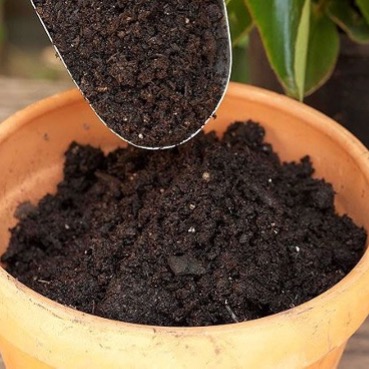
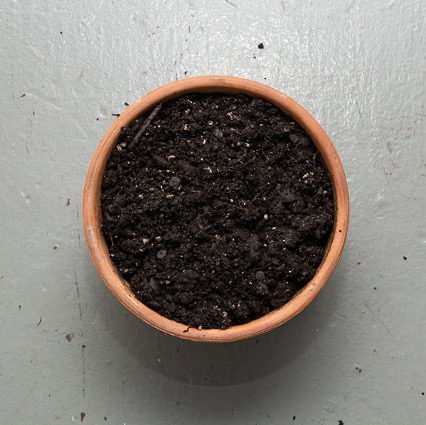
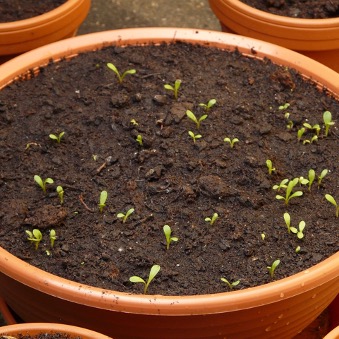
1. Prepare the planter pots
Fill three to four 12cm pots with soil.
Cover this with a layer of biodegradable compost. You can also rake in a high potassium fertiliser to aid growth.
Gently water the soil until moist.
2. Sow the seeds
Sow the seeds gently into the top layer of soil. Follow the seed packet for guidance on how far apart to spread the seeds.
Place the planter pots somewhere warm, like a greenhouse or sunny windowsill, keeping the soil moist.
3. Separate the seedlings
After four weeks, small seedlings should appear. Once these are around 2cm tall, transfer each seedling into its own 8cm pot, with soil prepared as in step 1.
Continue to keep the soil moist. Young plants should form within two months.
From Seedling to Young Plant
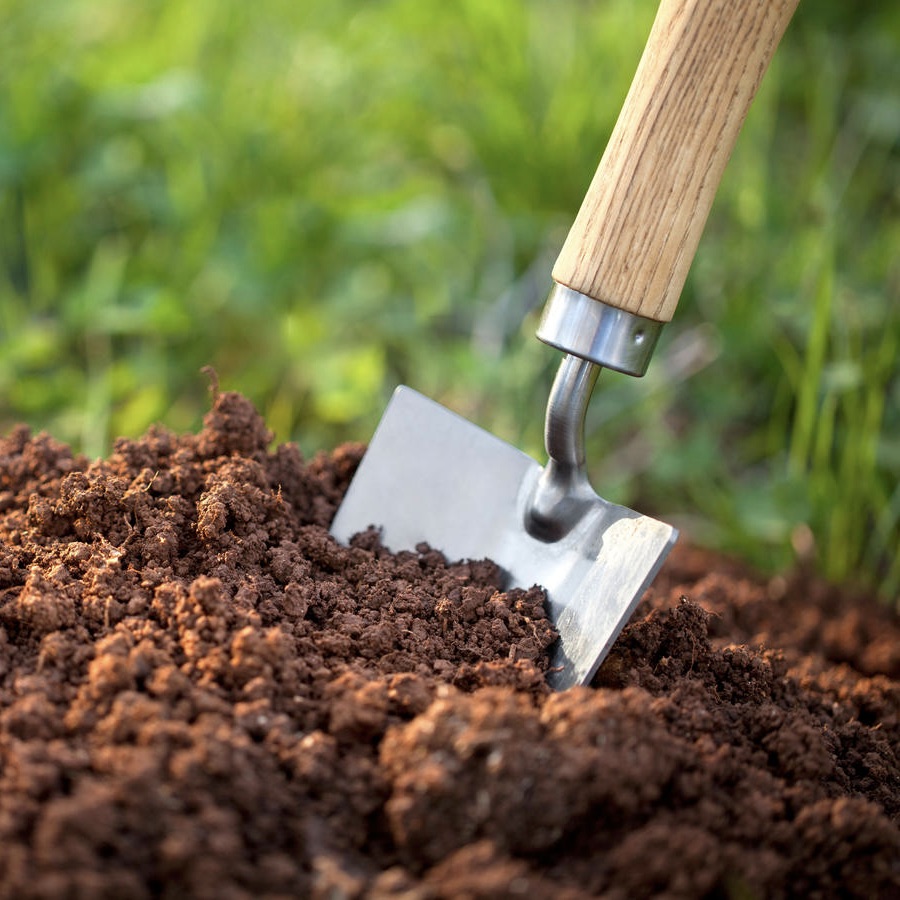
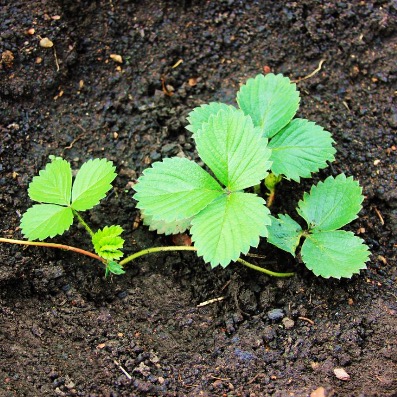
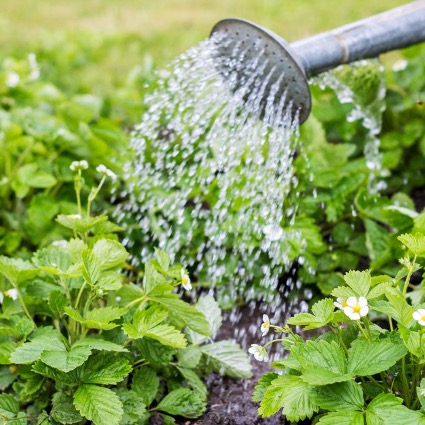
1. Prepare the garden soil
Choose a raised garden bed to grow your strawberry plants in. This should be in a sunny, wind-protected area.
Weed the raised garden bed thoroughly and rake garden compost into the soil.
A weed-suppressing membrane can also be used to prevent weeds, retain water in the soil, and keep the soil in place.
2. Transfer the young plants
In late spring, gradually accustom the young plants to outdoor conditions.
Once accustomed, remove the young plants from their pots and transfer them to the prepared raised garden bed.
Plant in rows spaced 60cm apart. Leave around 30cm between each plant. Plant the crown at soil level and firm it in.
3. Maintain the plants and soil
Keep the soil well-watered through dry periods but avoid over-watering. Ensure the foliage and fruits remain dry during watering to avoid rot.
Continue to remove any weeds by hoeing around the plant regularly.
You should begin to notice strawberries appearing around midsummer.
From Young Plant to Harvest

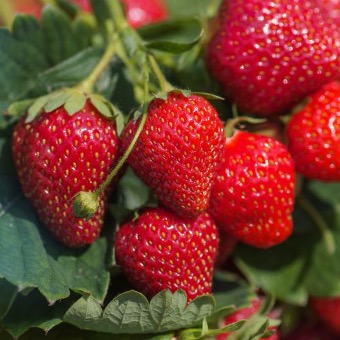

1. Monitor the fruits
The white flowers on your strawberry plant will spout into tiny green berries. Once these young berries form, feed the plant with a liquid strawberry feed.
Over time, these small berries will grow and turn their recognisable red shade.
2. Pick the ripe strawberries
A strawberry is considered ripe once it is uniformly bright red and firm. Pick ripe strawberries gently to avoid bruising and be sure to keep the green caps in place.
Harvest your strawberries regularly to avoid them rotting.
3. Trim the harvested plants
Once your first-year plants have finished fruiting, cut off all foliage and runners to promote better growth and greater yield for the upcoming year.
Every March, apply a slow release general fertiliser to aid growth in the summer.
Gardening is a peaceful and rewarding way to feel connected to nature and take care of your mind. To introduce some of that energy into your indoor living space, consider rejuvinating your home with a new coat of paint. Before picking up your paintbrush, read about the Top Interior Colour Trends for 2024 and choose the heavenly hue that most speaks to you.
